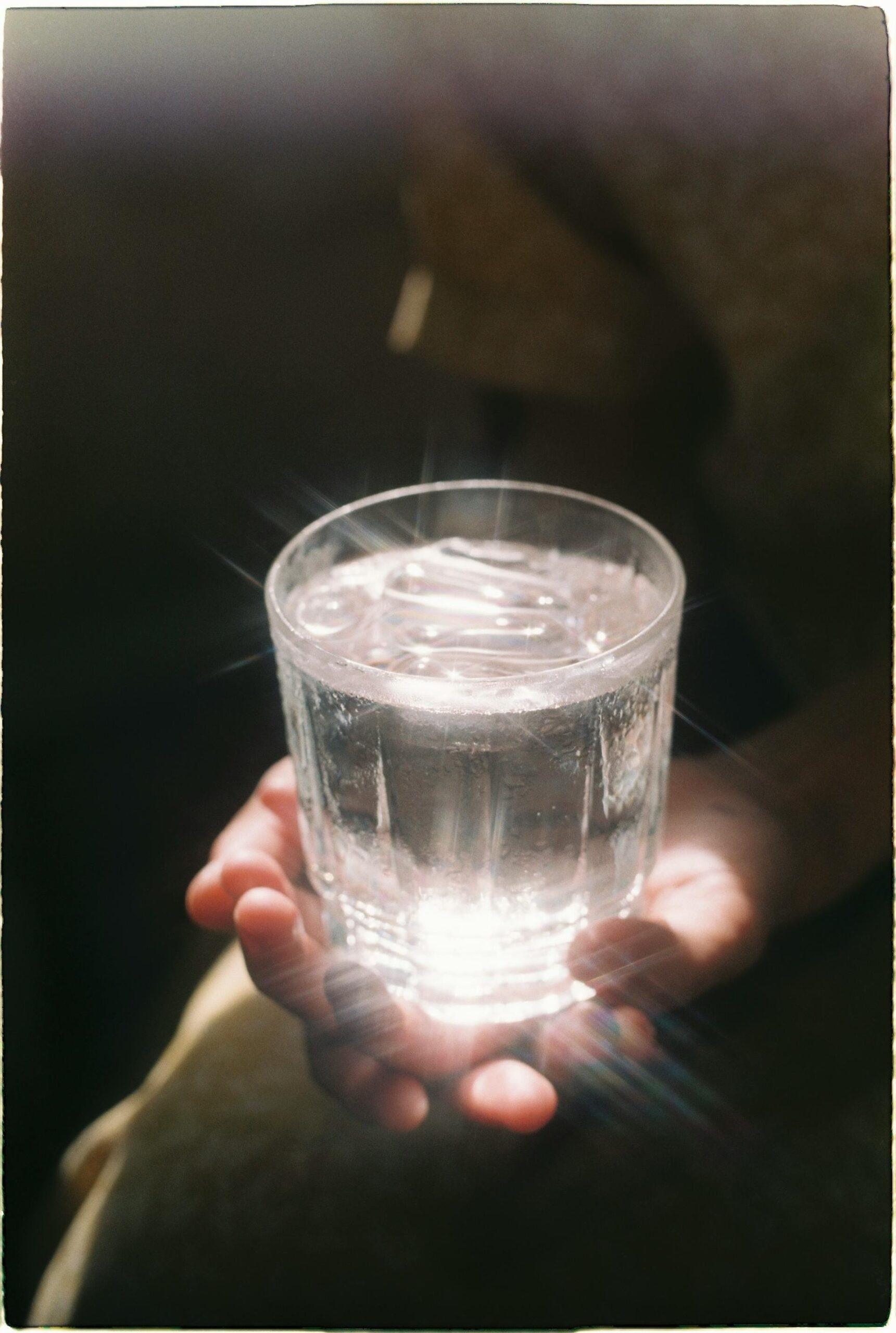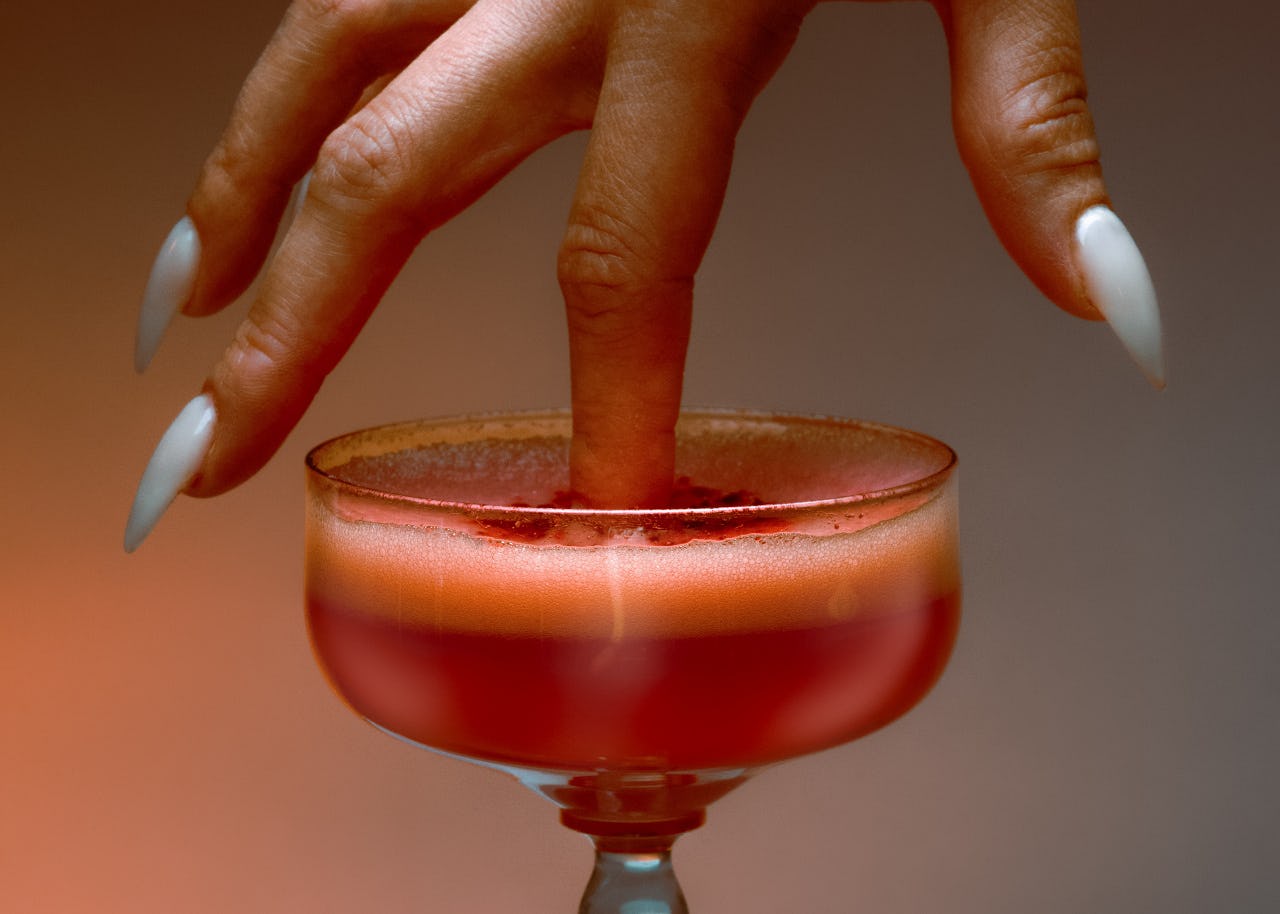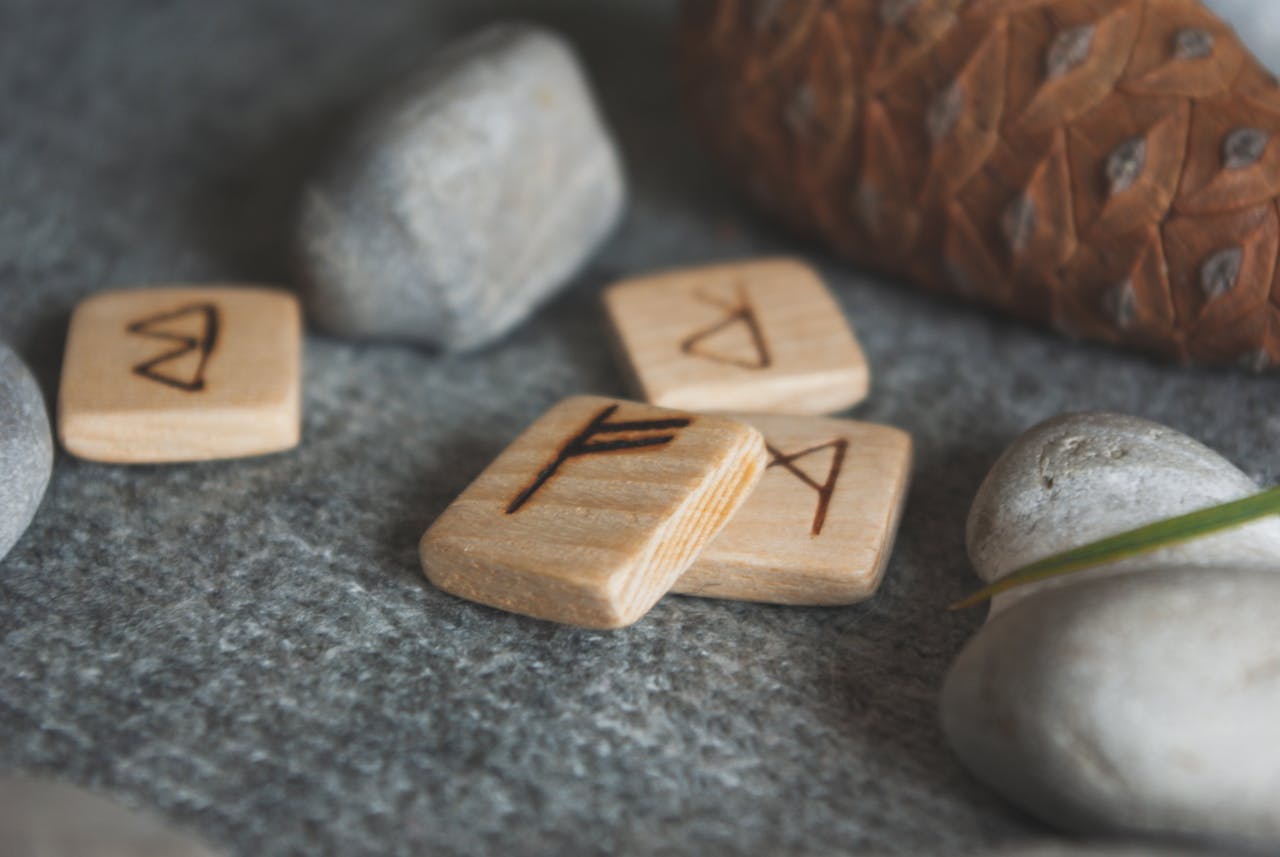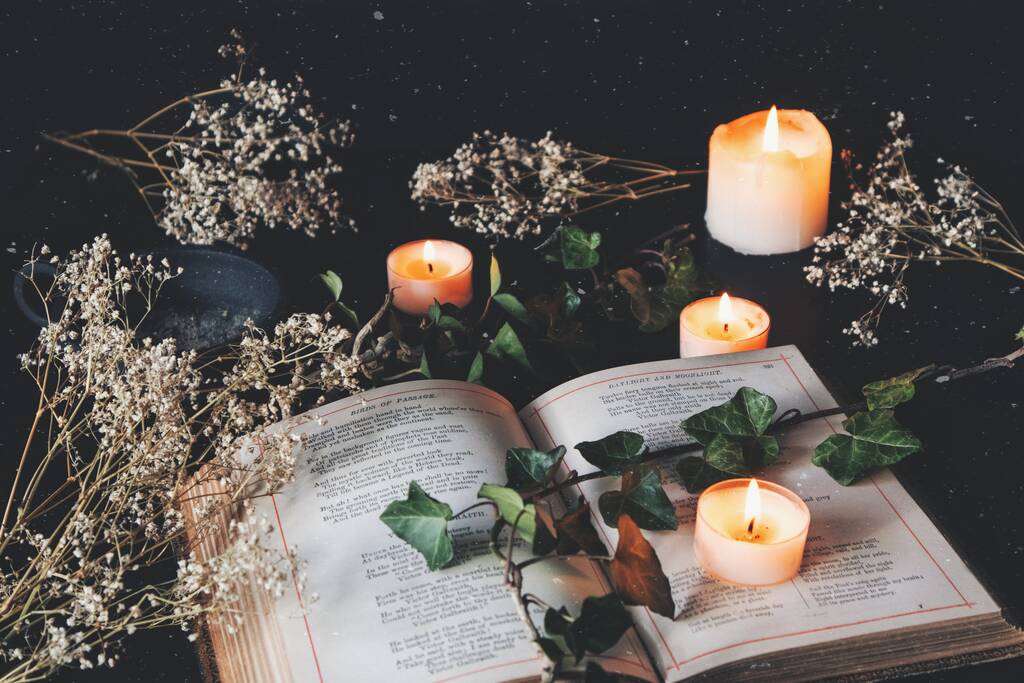Integrating the vibrational energies of crystals into water is a popular practice among those who appreciate holistic and natural wellness methods. However, not all crystals are safe for direct contact with water intended for drinking. T
his blog post will provide a comprehensive guide to which crystals are safe, which are toxic, and which dissolve in water. Ensuring your safety and enhancing your wellness journey starts with understanding the properties of these beautiful stones.
Common Crystals
- Alunite: Safe to handle but dissolves in water.
- Anglesite: Contains toxic elements; slightly soluble in water.
- Antozonite: Fluorite variety, potentially harmful.
- Arsenopyrite: Could be toxic; use with caution.
- Azurite: Considered harmful.
- Azurite-Malachite: Considered harmful.
- Azurite-Pseudomalachite: Considered harmful.
- Beryl: Generally safe, but avoid the aquamarine variety which may contain toxic elements.
- Bunsenite: Toxic and can cause allergic reactions; avoid direct contact.
- Calomel: Potential health hazards; handle with care.
- Cerussite: Contains toxic lead; avoid use.
- Chalcanthite: Harmful and dissolves easily in water.
- Cinnabar: Highly toxic, contains mercury.
- Cinnabar-Opal: Contains toxic cinnabar.
- Crocoite: Contains toxic chromium.
- Cuprite: Potentially harmful.
- Durangite: Use with caution due to potential toxicity.
- Eclipse Stone: Contains toxic orpiment; avoid.
- Eilat Stone: Considered harmful.
- Erythrite: Contains arsenic; potentially toxic.
- Fiedlerite: Highly toxic.
- Fluorite: Safe in its pure form but check for impurities.
- Galenite: Toxic and has slight water solubility.
- Gaspeite: Can cause allergies; handle with care.
- Greenockite: Contains toxic cadmium.
- Halite: Non-toxic but dissolves in water.
- Iron-nickel Meteorite: Contains allergens; handle with care.
- Jamesonite: Possible toxicity; use with caution.
- Lemon Chrysoprase: Can cause allergic reactions; handle with caution.
- Lopezite: Extremely toxic; harmful even through skin contact.
- Malachite: Considered harmful due to copper content.
- Millerite: Contains toxic nickel; avoid skin contact.
- Minium: Contains toxic lead.
- Nickeline: Toxic and allergenic.
- Olivenite: Potentially toxic.
- Orpiment: Highly toxic, contains arsenic.
- Proustite: Contains arsenic; handle with caution.
- Psilomelane: Considered harmful.
- Pyrolusite: Potentially harmful.
- Pyromorphite: Potentially toxic.
- Rauenthalite: Toxic.
- Realgar: Highly toxic, store securely.
- Scorodite: Potentially toxic.
- Sphaerocobaltite: Contains allergens; harmful.
- Stibnite: Considered harmful.
- Tetrahedrite: Contains harmful elements.
- Topaz: Generally safe, but avoid fluorine-rich varieties.
- Ulexite: Non-toxic but can dissolve in warm water.
- Valentinite: Harmful due to arsenic content.
- Vanadinite: Contains toxic lead.
- Wulfenite: Handle with caution, contains lead.
Making crystal-infused water can be a delightful and enriching practice, but it’s crucial to choose your stones wisely. The safety of the crystals you use is paramount, as some contain elements that are harmful when ingested or even when contacted directly.
Always ensure the crystals are safe for use in consumable water, and consider consulting with a gemologist or a crystal healing expert if you’re unsure about a stone’s properties. Enjoy the process of creating your gem water with mindfulness and care, knowing that you are well-informed about the potential risks and rewards.















